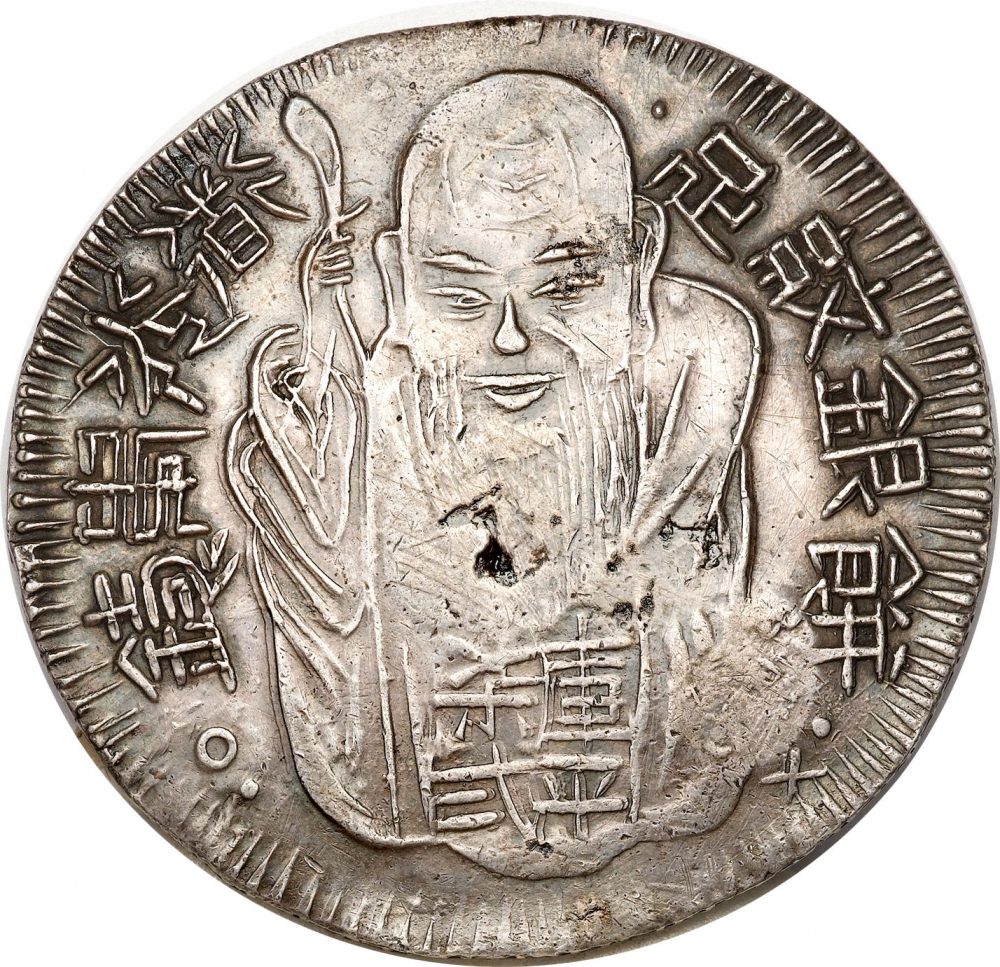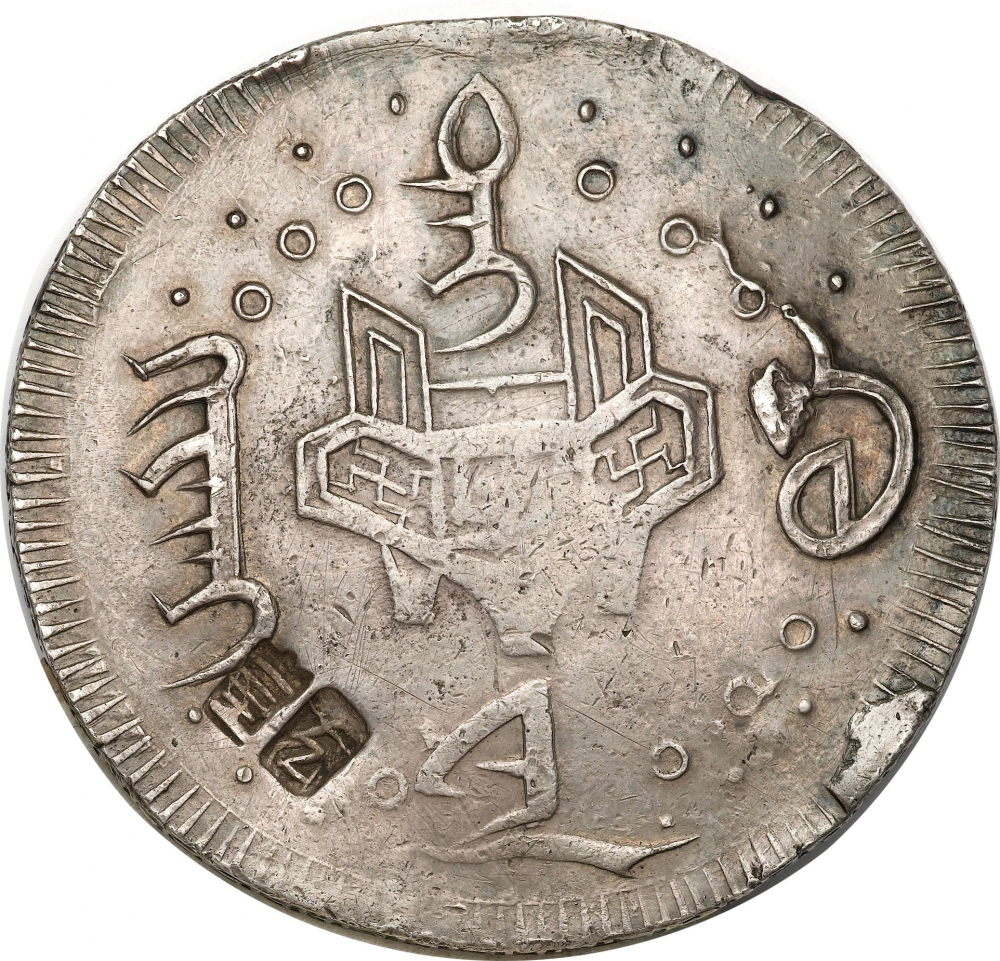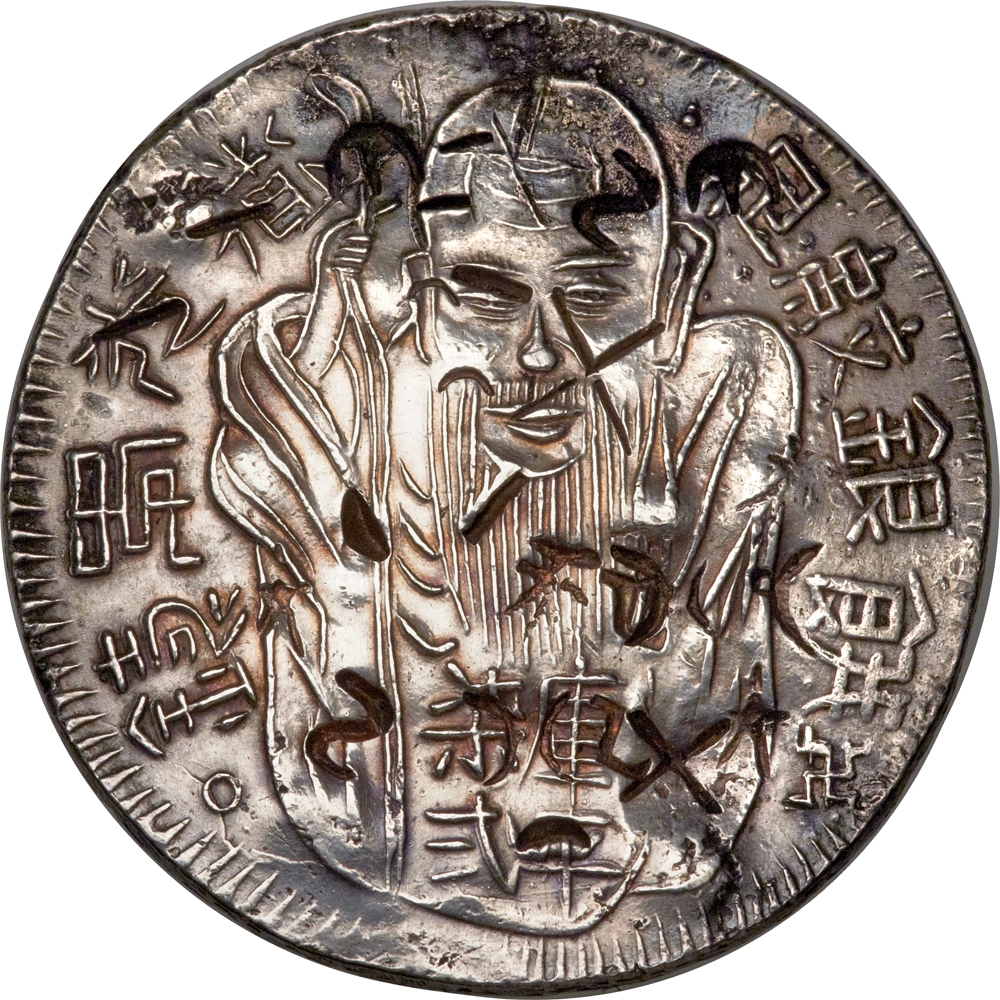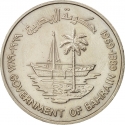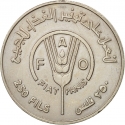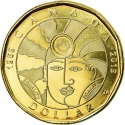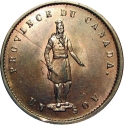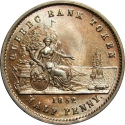You are about to finish your registration. Please check your mailbox (including spam folder). There should be a letter with a confirmation link. Check setting to make sure that your e-mail address is correct.
Send letter againDescription
The Daoguang Emperor (1782–1850) was the eighth emperor of the Manchu-led Qing dynasty and the sixth Qing emperor to rule over China, from 1820 to 1850. His reign was marked by "external disaster and internal rebellion," that is, by the First Opium War, and the beginning of the Taiping Rebellion which nearly brought down the dynasty.
The Old Man Dollar was issued during the rebellion of 1836-1840 by the revolutionist Chang Wen to pay his troops which were stationed on the Island of Taiwan (Formosa).
Generally, these pieces are found covered with an important number of chops. Specimens with a few chops are much scarcer. The chop marks were tests that the coin was silver and not just silver plated. Struck in order to alleviate the silver coinage shortage in the mid-19th century, this type was set roughly to the standard of the Spanish 8 Reales, and became very popular. This was primarily due to its high silver content, approximately 98% fine.
There are four major varieties of the Old Man Dollar. One has the Chinese words "kuan chu" (official mint) on the man's chest; the second lacks these characters; a third has two tiny characters near the lower right rim on the reverse, "fa erh" or "erh fa"; and the fourth has three tiny characters on the reverse.
Obverse

|
Depicts Chinese God of Longevity, half-length facing; to the left, 4 seal script (Cast in the time of Tao Kwang); to right, 4 letters in seal script (seven two on the treasury scales); on the god, 4 letters in Chinese script (Silver cake of the standard purity or Pure Sycee generally current). 道光年铸 足纹银饼 |
|---|---|
Reverse

|
Depicts sacrificial tripod; around, 4 Manchu letters, above and below signify Formosa; on right: Hoo (possibly: Treasury); on left, Kyahi (a town 39 miles north of Tainan). |
| Edge |
1 Dollar
Old Man Dollar
C# 25-3 Kann# 1
Random coins
50th Anniversary of the Decriminalization of Homosexuality in Canada
